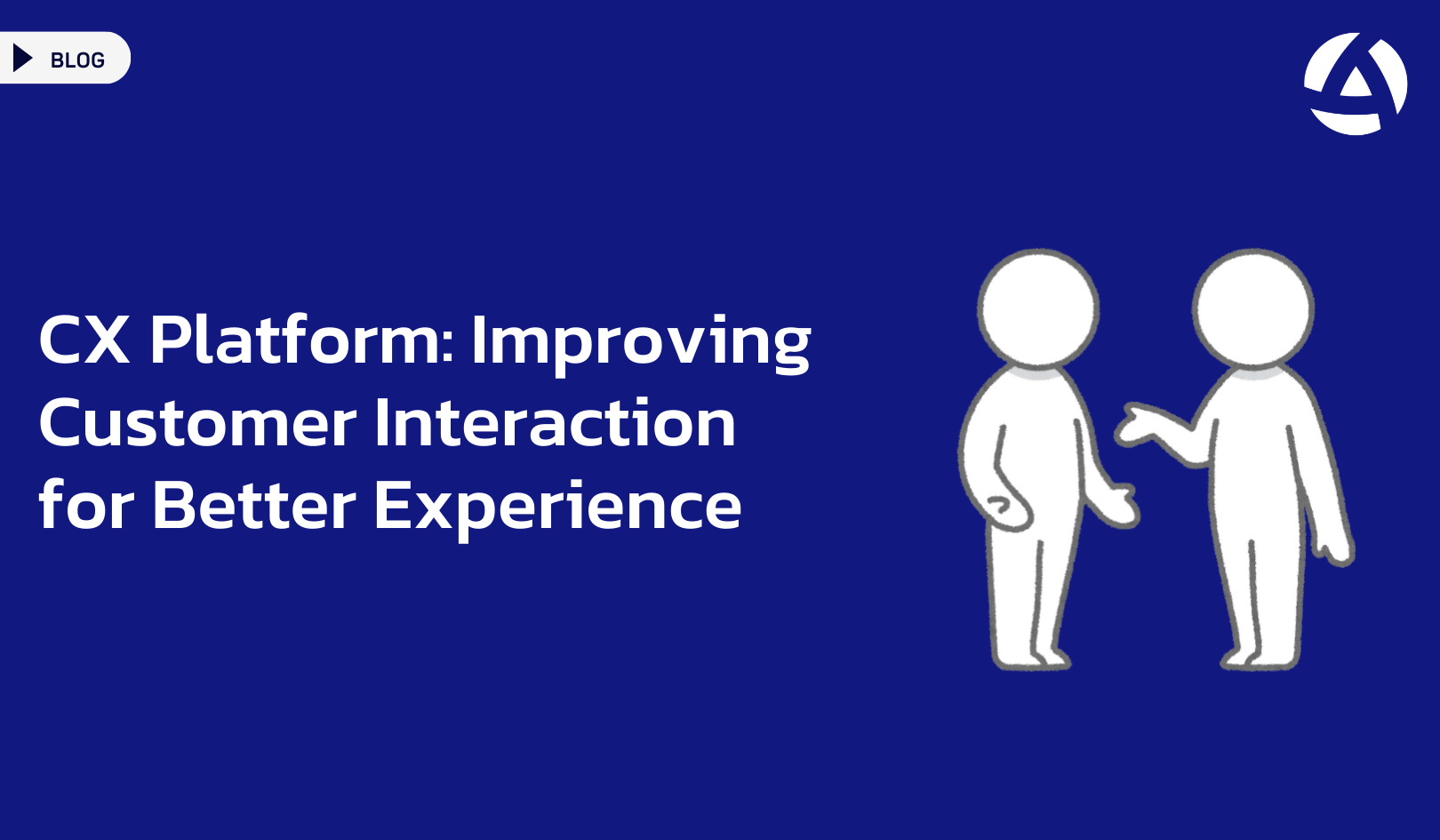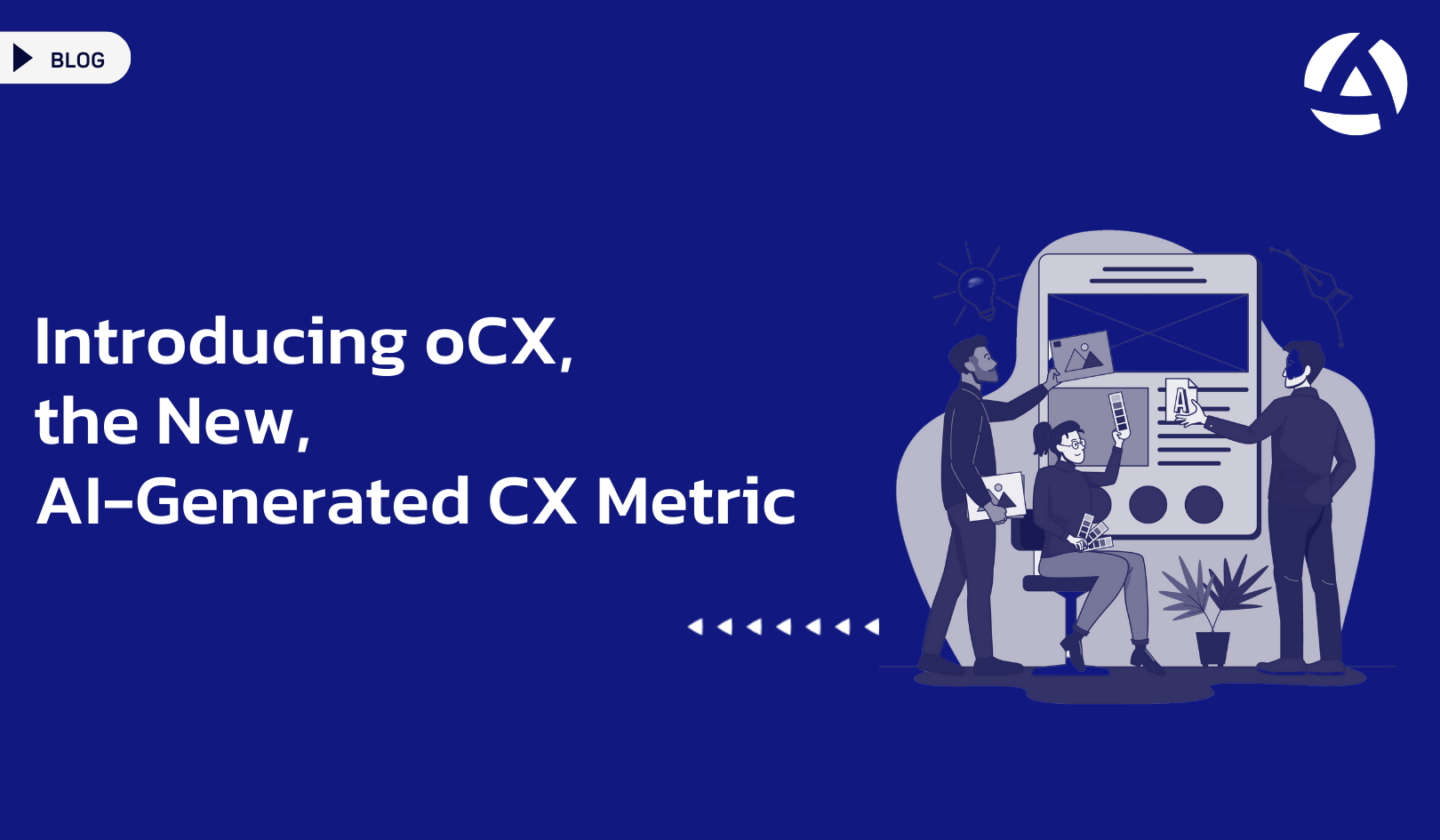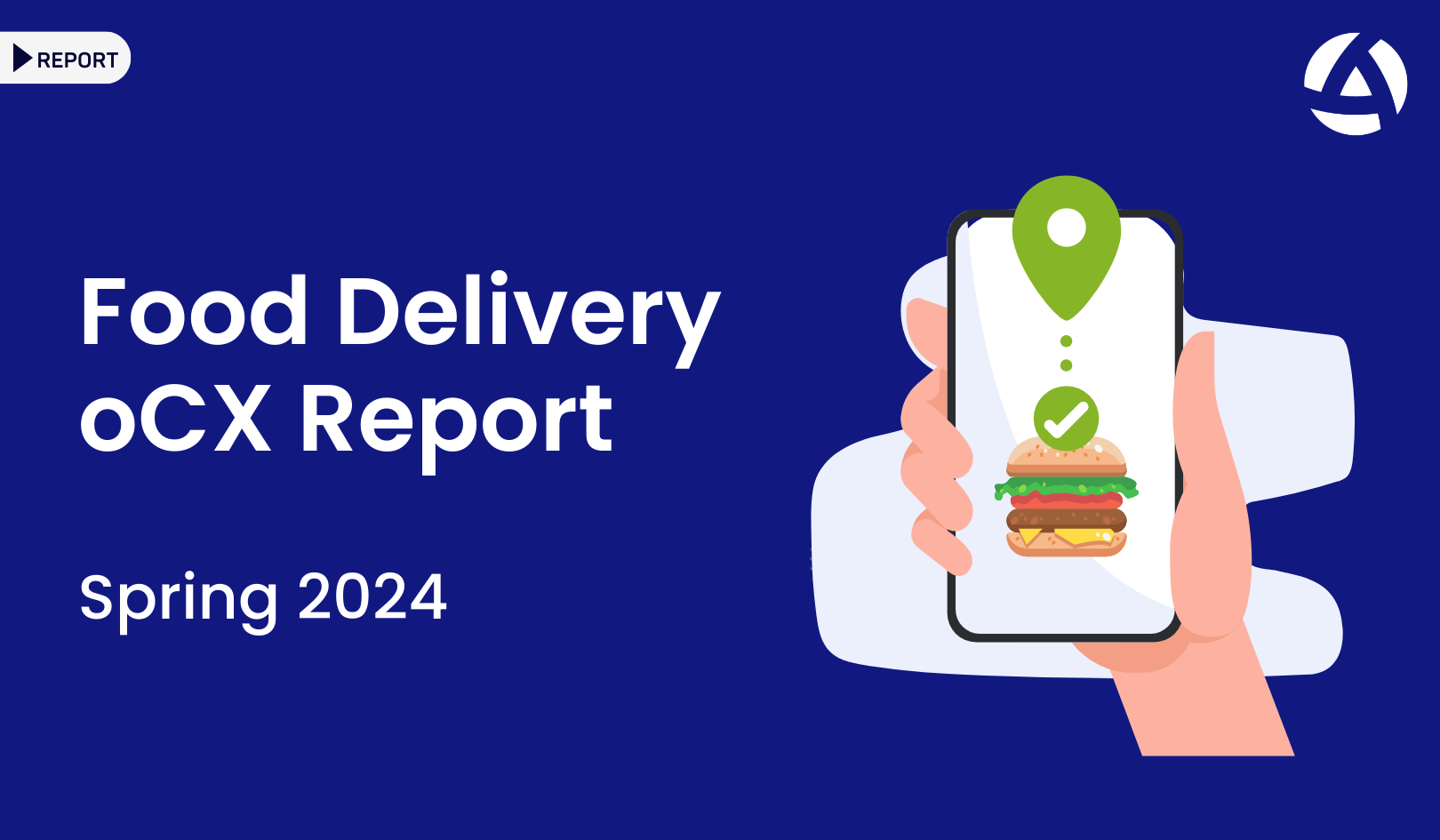Effective customer interaction is at the heart of a successful business strategy. It’s not just about responding to inquiries or resolving issues; it’s about building relationships, understanding needs, and providing value at every touchpoint. A robust CX platform can significantly enhance how businesses manage and optimize customer interactions, leading to improved satisfaction, loyalty, and growth.
The Role of a CX Platform in Customer Interaction
A CX platform serves as the backbone of customer interaction management, enabling businesses to streamline and enhance their engagement efforts. With a customer experience platform, companies can:
- Centralize Customer Data: All customer interactions, from emails to social media engagements, can be tracked and stored in one place. This centralized data provides a complete view of the customer, allowing for more personalized and informed interactions.
- Automate Responses: A CX platform can automate routine responses, freeing up time for staff to focus on more complex issues. This ensures customers receive timely, accurate information, improving their overall experience.
- Analyze Interactions: The platform can analyze customer interactions to identify patterns, trends, and potential areas for improvement. This insight is invaluable for refining strategies and enhancing future engagements.
Personalized Customer Engagement
One of the key benefits of using a CX platform is the ability to deliver personalized customer experiences. By leveraging customer data, businesses can tailor their interactions to meet individual preferences and needs. This personalization can manifest in various ways:
- Targeted Communication: Based on customer behavior and preferences, a CX platform can help craft messages that resonate with specific audience segments, ensuring that communication is relevant and impactful.
- Proactive Support: By analyzing previous interactions, businesses can anticipate customer needs and offer solutions before issues arise, creating a proactive support environment.
- Loyalty Programs: Tailoring rewards and offers based on customer activity can significantly boost engagement and loyalty. A CX platform can automate and manage these programs efficiently.
Improving Response Times
In today’s fast-paced world, customers expect quick responses. A customer experience platform can help businesses meet these expectations by:
- Routing Inquiries: The platform can automatically route customer inquiries to the most appropriate department or team member, ensuring a swift and relevant response.
- Real-Time Monitoring: With real-time monitoring, businesses can track response times and make adjustments as needed to improve efficiency.
- Integrated Channels: Whether customers reach out via email, social media, or phone, a CX platform integrates all channels, allowing for seamless and consistent responses.
Measuring and Optimizing Interaction Quality
To continuously improve customer interactions, it’s essential to measure and optimize the quality of these engagements. A CX platform provides the tools to do just that:
- Feedback Collection: The platform can automate feedback collection after each interaction, providing valuable insights into customer satisfaction.
- Performance Analytics: Detailed analytics on response times, resolution rates, and customer feedback help identify areas for improvement.
- Training and Development: Based on interaction data, businesses can identify training needs for staff, ensuring they have the skills and knowledge to handle customer inquiries effectively.
The Future of Customer Interaction with a CX Platform
As technology evolves, so do customer expectations. A CX platform ensures that businesses stay ahead of these changes by offering advanced tools and features that enhance customer interaction. From AI-driven chatbots to predictive analytics, the future of customer interaction is set to become even more personalized, efficient, and impactful with the help of a customer experience platform.
By investing in a comprehensive CX platform, businesses can not only meet current customer expectations but also anticipate and exceed them in the future. This proactive approach to customer interaction is key to building long-term relationships and achieving sustained success.




